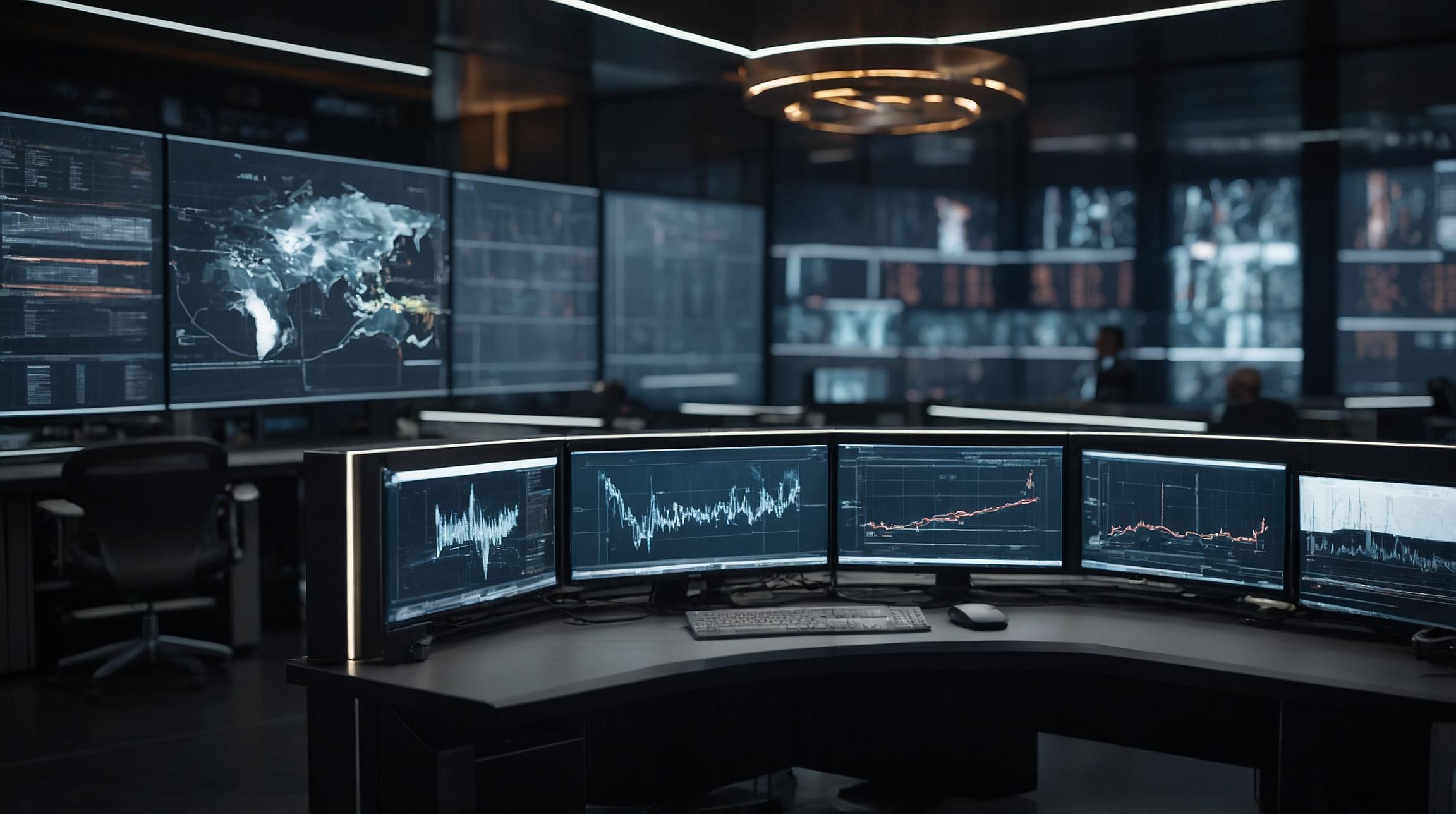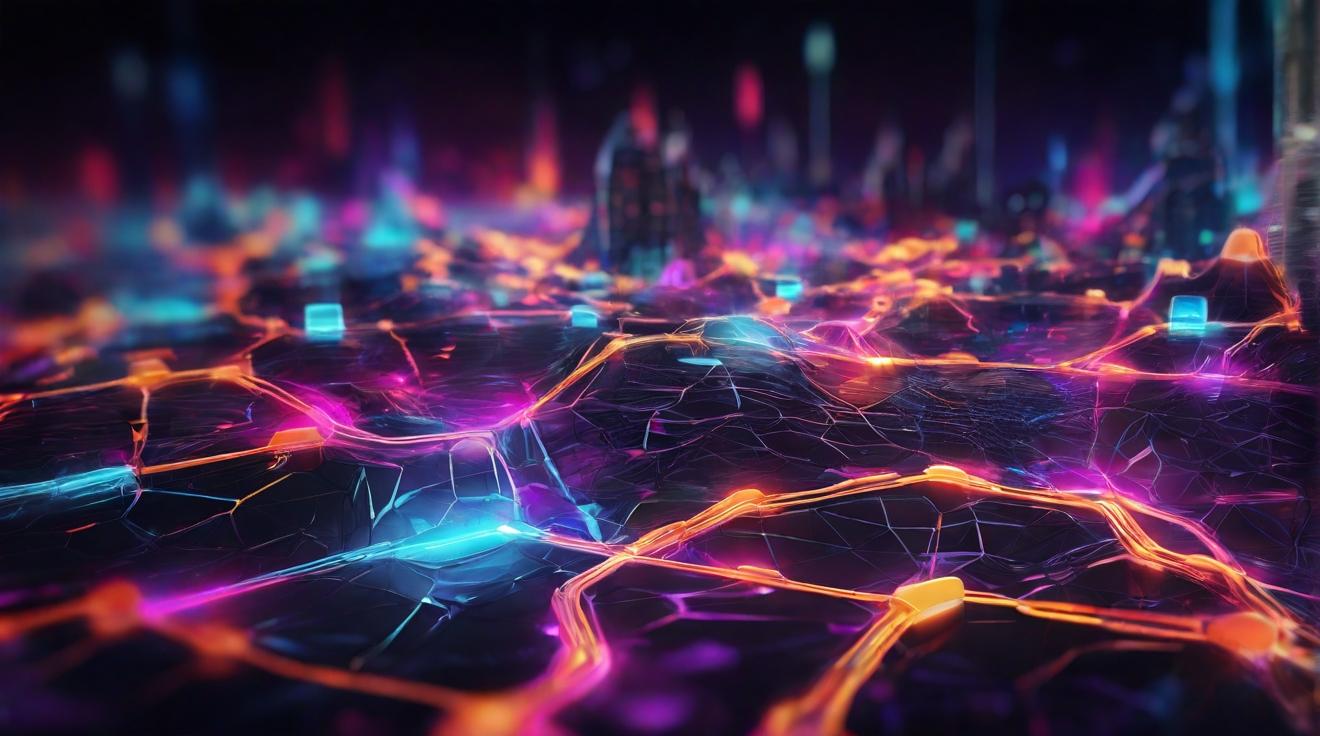China Leverages AI in Propaganda Effort Questioning the American Dream
In an audacious move, China has turned to artificial intelligence (AI) to produce a series of animated videos that cast a critical eye on the American Dream, sparking discussions surrounding the potency of AI-generated content in modern propaganda. The series, titled "A Fractured America," aired by Chinese state broadcaster CGTN, features one particular segment, "American Dream or American Mirage," delving into pressing issues like drug addiction, wealth inequality, and high imprisonment rates within the United States.
The use of AI in creating these animations signifies a pivotal turn in Beijing’s approach to disseminating propaganda. According to Henry Ajder, a UK-based expert in generative AI, this strategy underscores a shift towards cost-effective and scalable content creation, leveraging AI to generate images, animate them, and even produce human-like text-to-speech outputs. This marks a radical departure from traditional methods, highlighting the growing influence of AI in content generation.
China's historical use of the internet for influence campaigns is well-documented, but the integration of AI elevates the complexity and reach of these endeavors. Platforms like X and Facebook, along with online influencers, have become battlegrounds for ideological warfare. A report by Microsoft’s Threat Analysis Center emphasized how AI simplifies the production of viral content that's challenging to trace back to state actors, thereby enhancing the effectiveness of influence operations.
This new frontier in digital influence is not without its controversies. The CGTN video series, while occasionally grammatically flawed, reflects a deep understanding of the grievances some American citizens express on platforms such as TikTok, Instagram, and Reddit. Microsoft's report further elaborates that AI's role in upcoming election interferences, particularly in the 2024 US presidential election, is likely to bolster Beijing's capacity to sway public opinion more effectively.
Moreover, the global landscape for elections is ripe for such interventions, with more than 60 countries gearing up for elections that will impact 2 billion voters by the end of 2024. Taiwan, a frequent target of Beijing’s influence operations due to its contentious political status, has already witnessed over 100 deepfake videos during its election cycle, shedding light on the sophisticated employment of AI-generated content to disseminate misinformation at scale.
Experts warn that deepfake audio and video content, which is becoming increasingly indistinguishable from authentic recordings, presents a formidable challenge in discerning truth from manipulation. Such advancements in AI technology potentially equip state-affiliated actors with powerful tools to further their agendas, underscoring an urgent need for regulatory mechanisms to combat the rise of digitally engineered propaganda.
As AI-generated content continues to blur the lines between reality and fabrication, the evolution of international propaganda tactics looms as a significant concern for governments worldwide. The adept use of AI by China in undermining the American Dream underscores the transformative impact of technology on geopolitical narratives, heralding a new era of information warfare that calls for vigilant responses from democracies around the globe.
Analyst comment
Positive news:
– China’s use of AI in propaganda efforts signifies a shift towards cost-effective and scalable content creation.
– The use of AI in content generation highlights the growing influence of AI.
– AI simplifies the production of viral content that is challenging to trace back to state actors, enhancing the effectiveness of influence operations.
– The employment of AI-generated content sheds light on the sophisticated dissemination of misinformation at scale.
– The evolution of international propaganda tactics highlights the transformative impact of technology on geopolitical narratives.
Negative news:
– China’s use of AI in propaganda efforts raises concerns about the manipulation of public opinion.
– AI-generated deepfake content presents a formidable challenge in discerning truth from manipulation.
– The use of AI in propaganda undermines the American Dream and can sway public opinion.
Neutral news:
– China has turned to artificial intelligence to produce critical animated videos on the American Dream.
– AI technology is being used to generate images, animate them, and produce human-like text-to-speech outputs in propaganda efforts.
– The integration of AI elevates the complexity and reach of China’s influence campaigns.
As an analyst, the market will likely see increased scrutiny and calls for regulatory mechanisms to combat the rise of digitally engineered propaganda. Democracies around the globe will need to respond with vigilant efforts to counteract the influence of AI-generated content.













